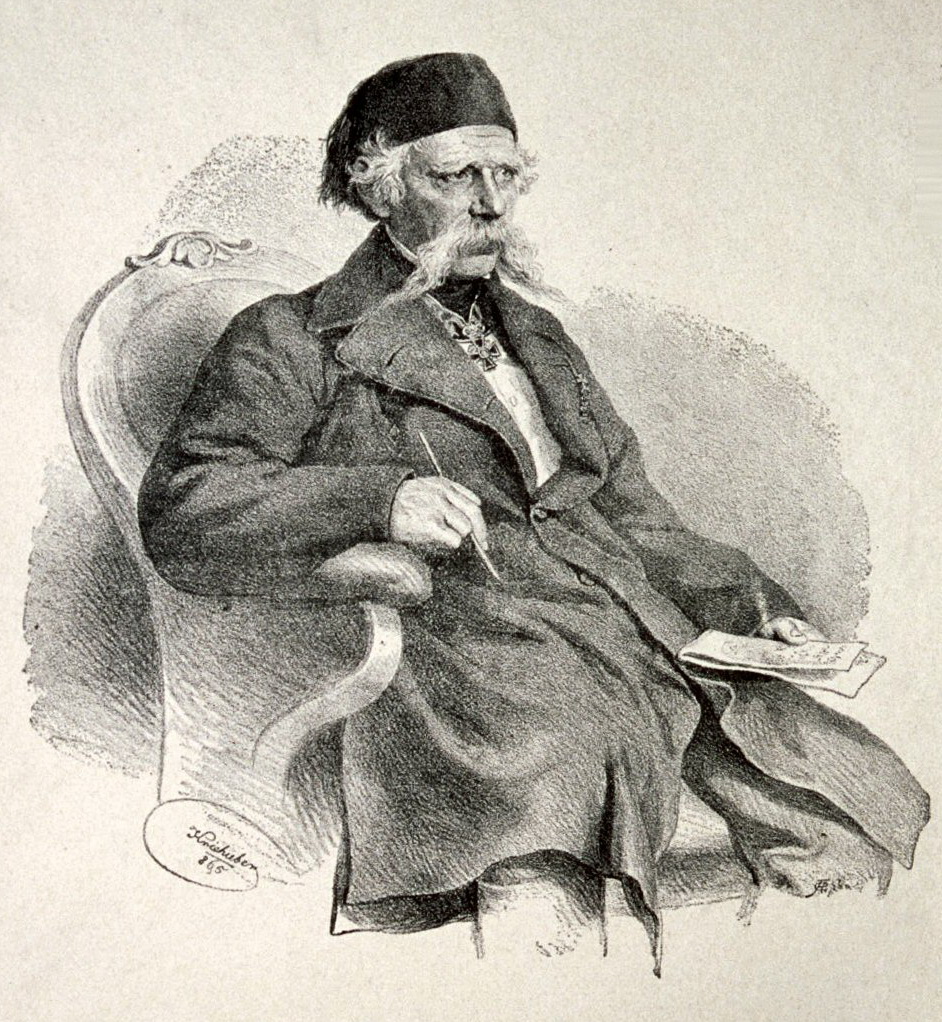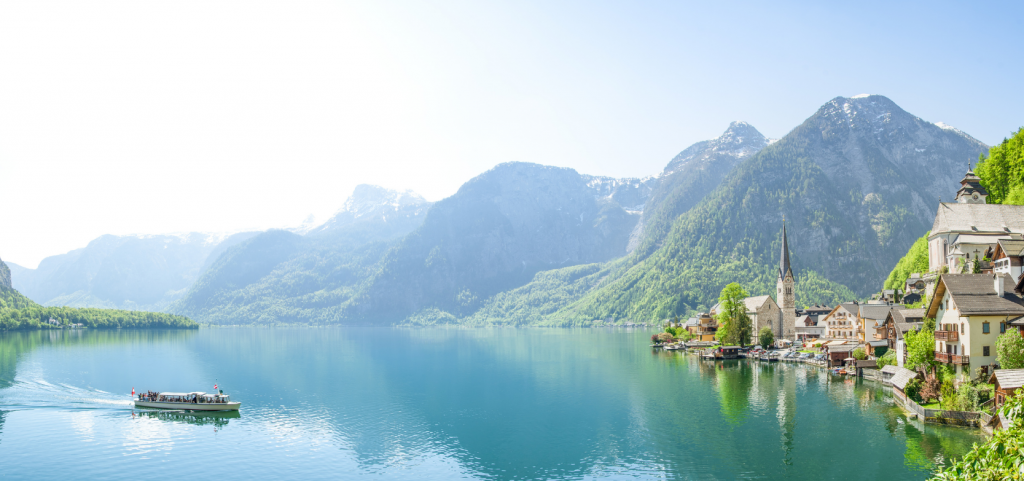OUR BLOG
185 YEARS OF DIPLOMACY AND SUPPORT
BILATERAL RELATIONSHIPS
THE REPUBLIC OF AUSTRIA AND THE REPUBLIC OF SERBIA
Official diplomatic relations between the Republic of Austria and the Republic of Serbia were established 185 years ago, when the Austrian consul handed over his credentials to the Serbian prince Miloš Obrenović on September 15, 1836.
Bilateral relations between the two countries have made remarkable progress and have been steadily intensifying at all levels, especially since 2000. In addition to political and economic cooperation, numerous partnerships in the field of science and education have been nurtured.
In 2019, the Republic of Austria was ranked 13th foreign trade partner in the exchange of goods according to the volume of Serbian export, and 10th in the import of goods, while in 2020 the volume of foreign trade reached 1.065 billion euros, of which the exports of the Republic of Sebia recorded 477.8 million euros, and the imports 587.9 million euros. Trade with Austria accounts for 3% of Serbia’s total trade with the world, i.e. 3.2% of total exports and 2.8% of total imports. Today, the Republic of Austria is one of the largest investors in Serbia.

Vienna as a centuries-old Serbian doorstep to Europe
Vienna played a very important role in the development of Serbian culture and influence in the world. The first immigrants from our country were merchants who transported goods from the Ottoman Empire to the Habsburg Monarchy, so in 1670 Emperor Leopold granted them freedom of trade. Later, defending the Austro-Hungarian Empire, the Serbs first managed to obtain political rights on its territory and to form their own institutions.
Representatives of Serbian church and people struggled for the political status of the Serbs by imperial privileges. The Habsburg Monarchy also established the highest political and legal institutions intended for the Serbs – the Illyrian court deputation and the Illyrian court office.
One of the most prominent figures in the development of Serbian language, Vuk Stefanovic Karadzic, moved to Vienna in 1813 after the breakdown of the Serbian uprising. Prompted by Jernej Kopitar, a censor of Slavic books, he started collecting Serbian folk songs, reforming the Cyrillic alphabet and introducing commonly used language into Serbian literature. In 1814, Vuk Karadzic published the famous collection of folk songs, “A Small Simple-Folk Slavonic-Serbian Songbook” in Vienna, and then the first grammar of the Serbian language in the commonly used Serbian language. His edition of “Serbian folk short stories” was also printed in Vienna.

Vuk Stefanović Karadžić
(Source: Josef Kriehuber, Public domain, via Wikimedia Commons)
In addition to Vuk Karadžić, many famous Serbs were educated or lived in Vienna – Dositej Obradović, Jovan Jovanović Zmaj, Branko Radičević, Prince Miloš Obrenović, King Milan Obrenović and King Aleksandar Karadjordjević.
The memoirs of the personal servant of the Emperor Franz Joseph I describe the Serbian painter Paja Jovanovic as the favourite artist of the Austrian ruler, due to the facts that his works were of extraordinary quality and that the author himself showed great patience when he portrayed the emperor.

Paja Jovanović
Intensive cooperation in modern environment
Today’s cooperation between Austria and Serbia is intensifying in many areas. Austria supports Serbia in projects within the framework of cooperation with Southeast Europe, primarily in the field of education, employment, regional development and social affairs. Special emphasis was placed on the transfer of Austrian knowledge in terms of technique and organization and in the framework of Twinning projects. A partnership has also been established in the field of dual secondary and high education.
With a volume of investments of ca. 2.5 billion euros, Austria is the second largest foreign investor in Serbia. More than 700 Austrian companies employ 22,000 people locally.
Numerous regional initiatives are also developed, such as the Central European Initiative and the Danube Commission.

Austrian Cultural Forum
Partnership in the field of art and science holds a special place in the relations between Serbia and Austria, due to the strong tradition and the incentive it provides for the improvement of cooperation in all other sectors.
With the establishment of the Austrian Cultural Forum in December 2001 and numerous activities carried out in the past 20 years, bilateral relations have received a new cultural impetus.

This institution has recently launched a new digital platform called “At the Second Glance”, created during the pandemic and aiming to enable artists from Austria and Serbia to present their works. The participants in the exhibition, selected at the competition at the beginning of this year, promote the possibilities of changing the clichés and prejudices that the Austrians and the Serbs have about each other.
INTERESTING FACTS:
• • Vienna is home to the world’s oldest zoo, founded in 1752

• 62% of Austria’s territory is covered by the Alps
• Around ¼ the Austrian population lives in Vienna
• The oldest Ferris wheel is located in Austria
• The Grossglockner, which is 3,798 meters high, is the highest peak in Austria and the highest peak in the Alps east of the Brenner Pass








 2018
2018